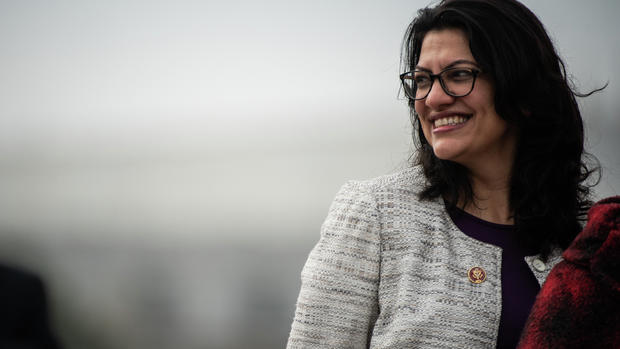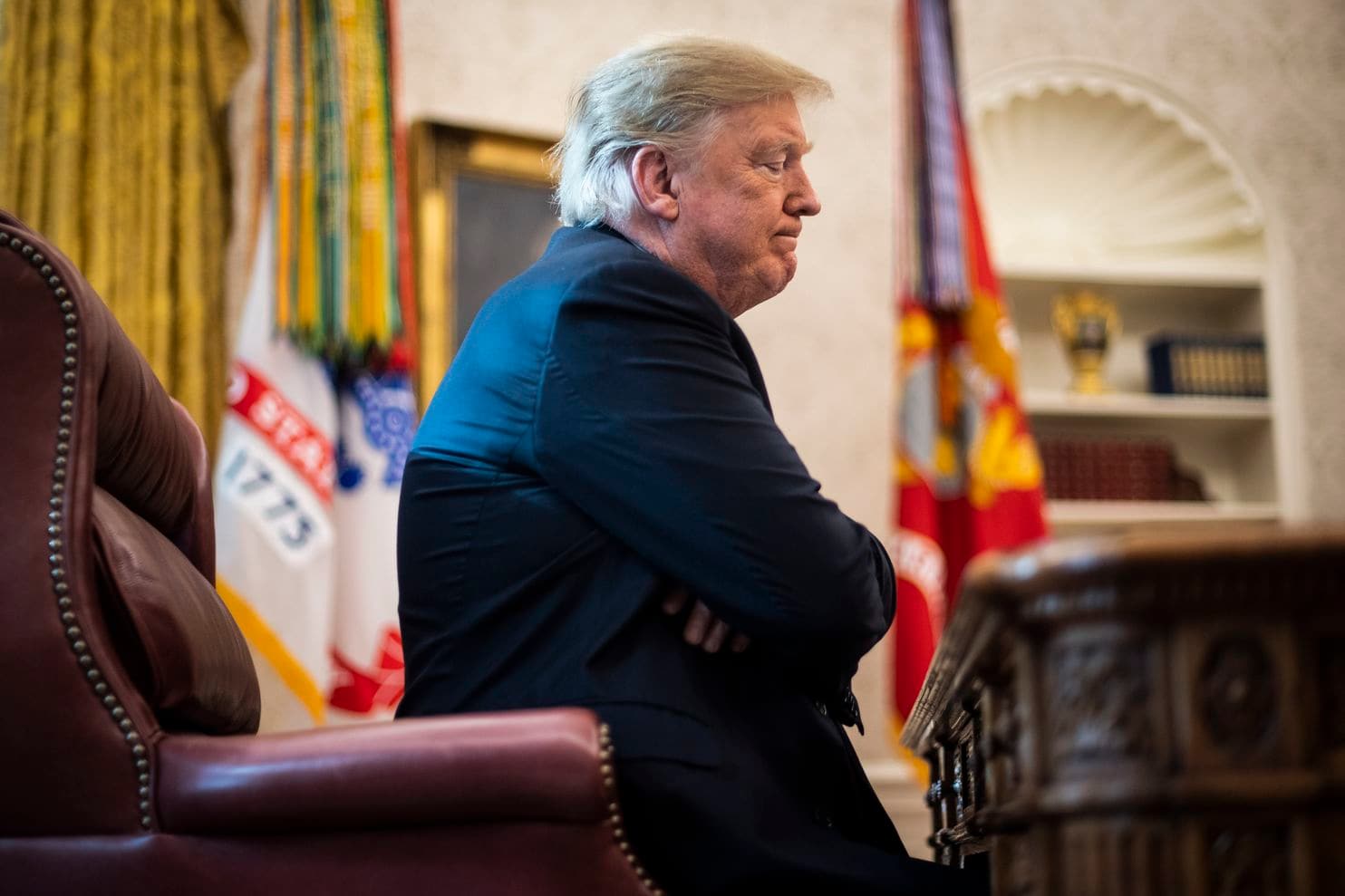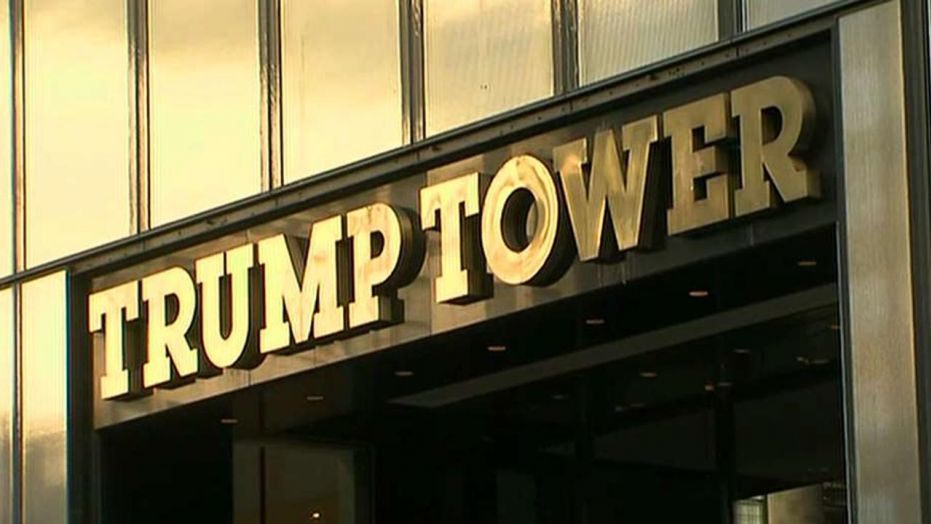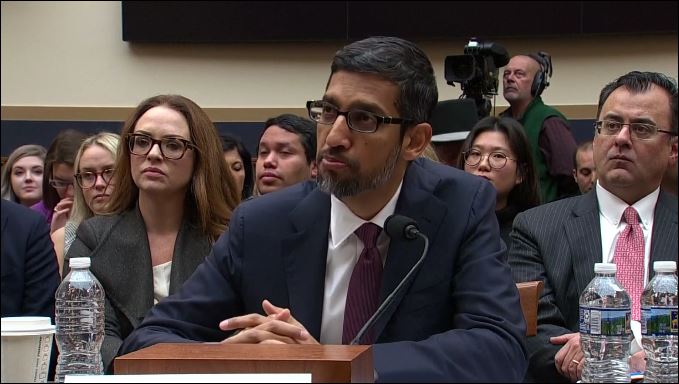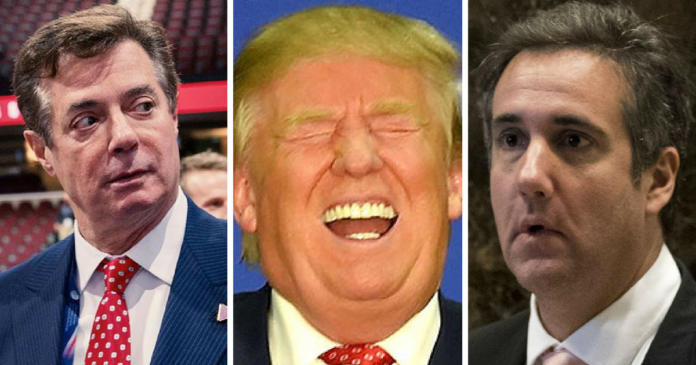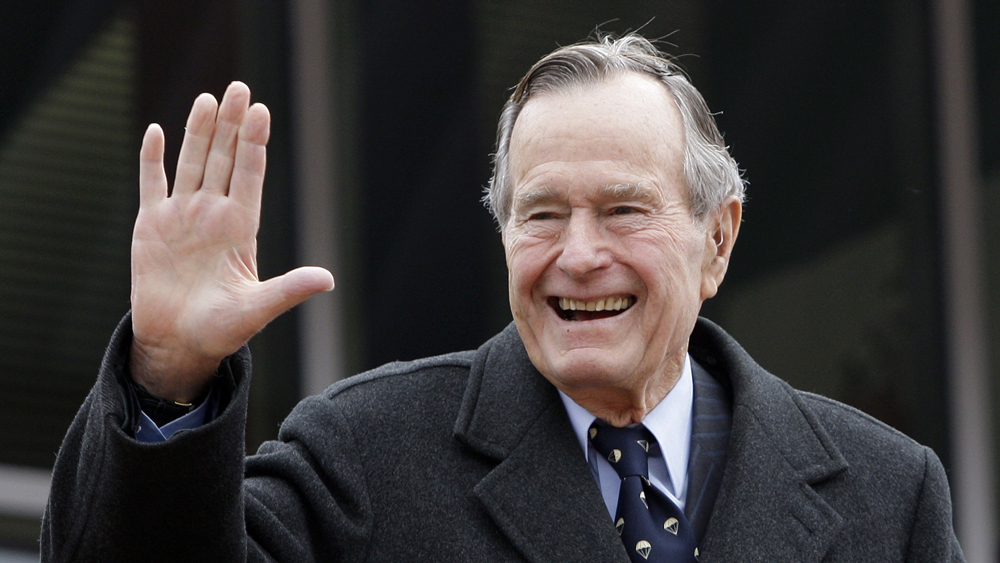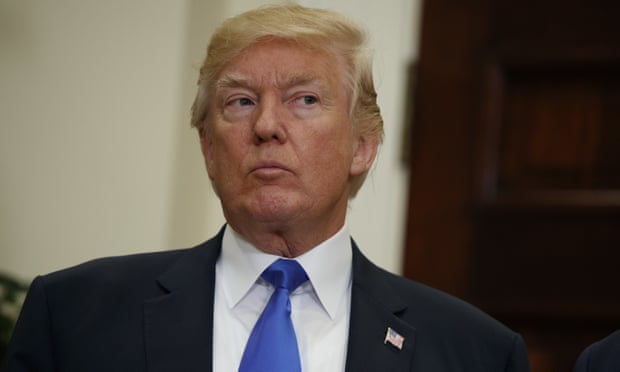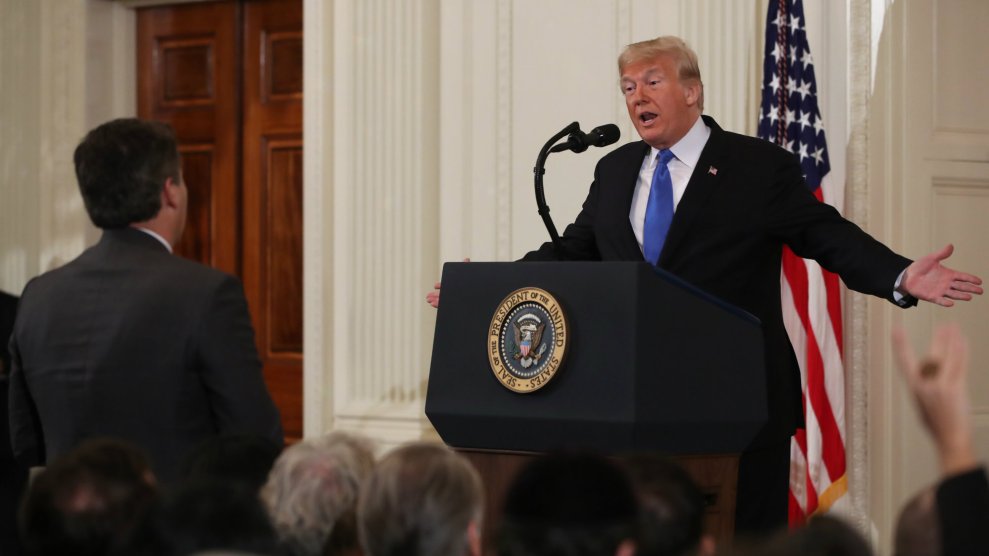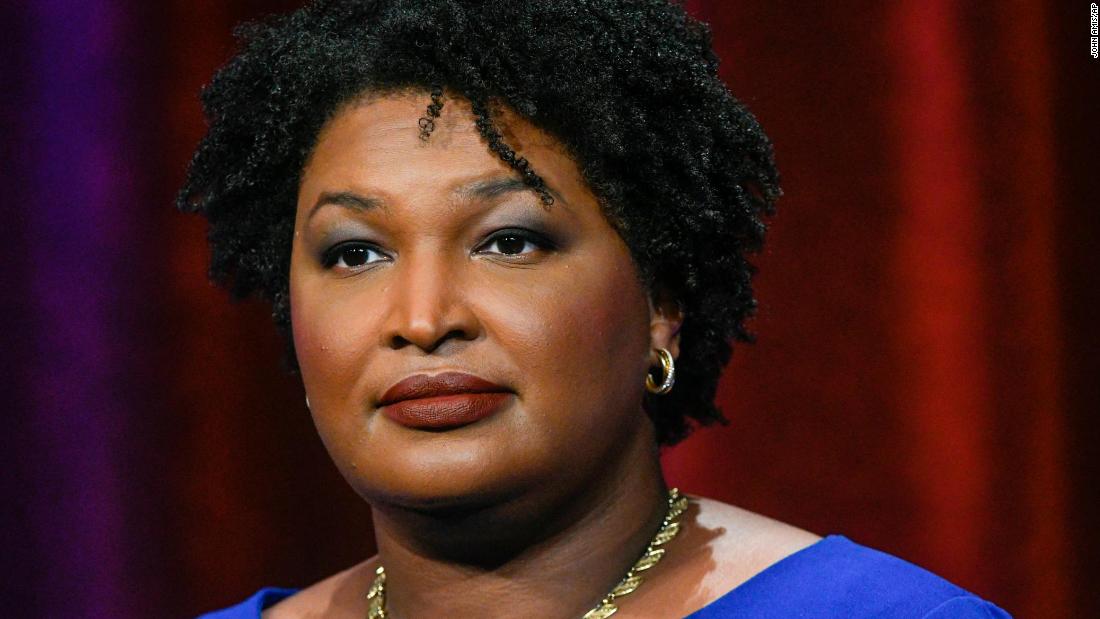President Obama‘s Administration is looking to secure the same policy to declare war as the George Bush Administration had before him. Whats different about Obama’s policy is that war will be carried out not by soldiers on the ground, dispatching in huge battalions to remote areas of the world risking life and limb, but with the technological advancement of The War Drone.
Will this be our new mode of war, carrying out exempt strikes with laser pinpoint accuracy, taking out the enemy in the middle of the night while the rest of America sleeps soundly?
A new report by Stanford and New York Universities today, claims that just one in 50 victims of American drone strikes in Pakistan are terrorists while the rest are innocent civilians. The study lays much of the blame on the use of the ‘double-tap’ strike–where a drone fires one missile and then another as rescuers try to get to victims.
All is fair in war, right?
Obviously warfare has changed exceedingly from when we used spears, muskets, cannons, and bomber jets, detractors still say that there’s enormous opportunity for abuse in having such a lethal program run entirely by executive order, maybe not with Obama but certainly some future President with a long list of perceived enemies who may use the weapon as a personal means of retribution…
Mark R. Jacobson, a senior transatlantic fellow at the German Marshall Fund of the United States who served with NATO’s International Security Assistance Force in Afghanistan, created a 5 point lists of misconceptions about President Obama and the Drone War (abbreviated here):
1. Drones are immoral.
Drones are neither autonomous killer robots nor sentient beings making life-or-death decisions. Yet, with the “Terminator”-like connotations of the term, it is easy to forget that these vehicles are flown via remote control by some 1,300 Air Force pilots. Drones are an evolution in military technology, not a revolution in warfare.
2. Drone strikes cause inordinate civilian casualties.
Armed drones are some of the most precise weapons used in conflict; we hit what we aim for. But any lethal force results in some civilian casualties, and the use of drones beyond “hot battlefields” means that the civilian-combatant distinction is harder to make.
3. Drones allow us to fight wars without danger.
The allure is simple: A drone swoops in while its operator is safe, thousands of miles away, and the precision-guided ordnance hits a target, with little risk to our troops.
But drones should not give us a false sense of security. After all, the intelligence required for targeting may require U.S. boots on the ground. And drone attacks will not improve governance in a nation that offers a haven to terrorists.
4. Drones are technologically complex weapons that only rich nations can afford.
Armed drones are neither as simple as model airplanes nor as complex as high-performance fighter jets. Of course, a remote-controlled helicopter that you can build in your garage is certainly not as capable as the $26.8 million MQ-9 Reaper, the primary U.S. hunter-killer drone. But drones are much less expensive than fighter aircraft, and in an age of increasing austerity, it is tempting for nations to consider replacing jet fleets with armed drones.
5. Obama will be remembered as the drone president.
The attacks of Sept. 11, 2001, and the wars in Afghanistan and Iraq compelled the United States to boost the speed and accuracy with which it targets terrorists. But it was not until the Obama administration that U.S. technology and intelligence caught up with the need to take down terrorist networks rather than just individual leaders. As a result, there have been three to six times more drone strikes under Obama than under Bush. While the use of drone warfare has come of age under Obama, whether he comes to be defined by this weapon is very much a political question. ~ h/t The Washington Post
Why drones? Better yet, why war period? I’d like to see that discussion on the table one day. In the meantime the Drone War question rages on.

